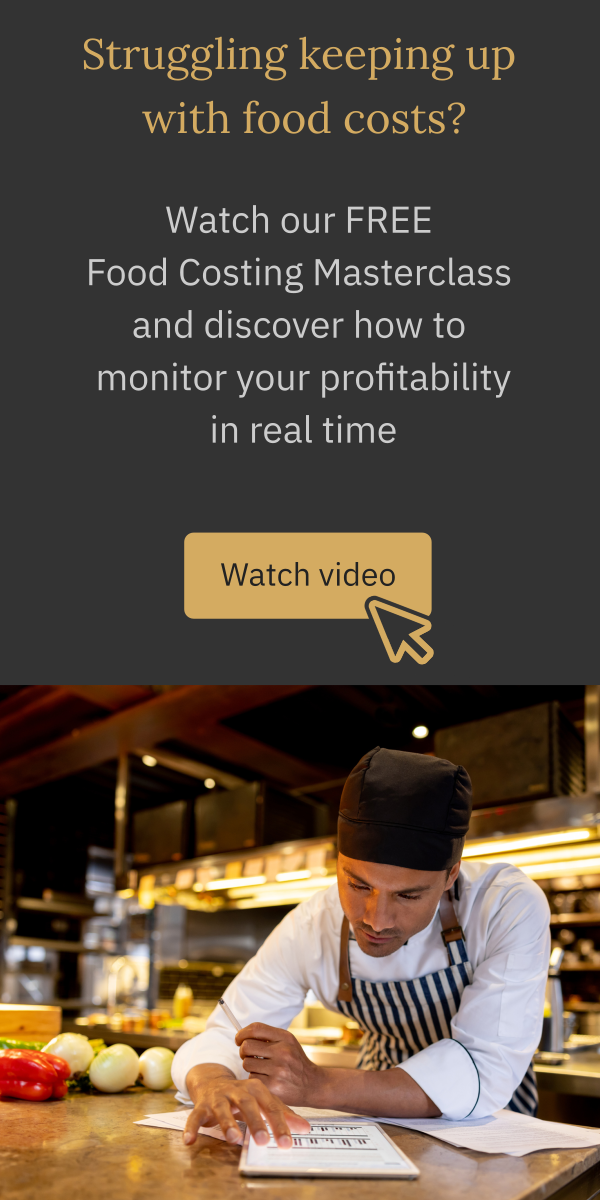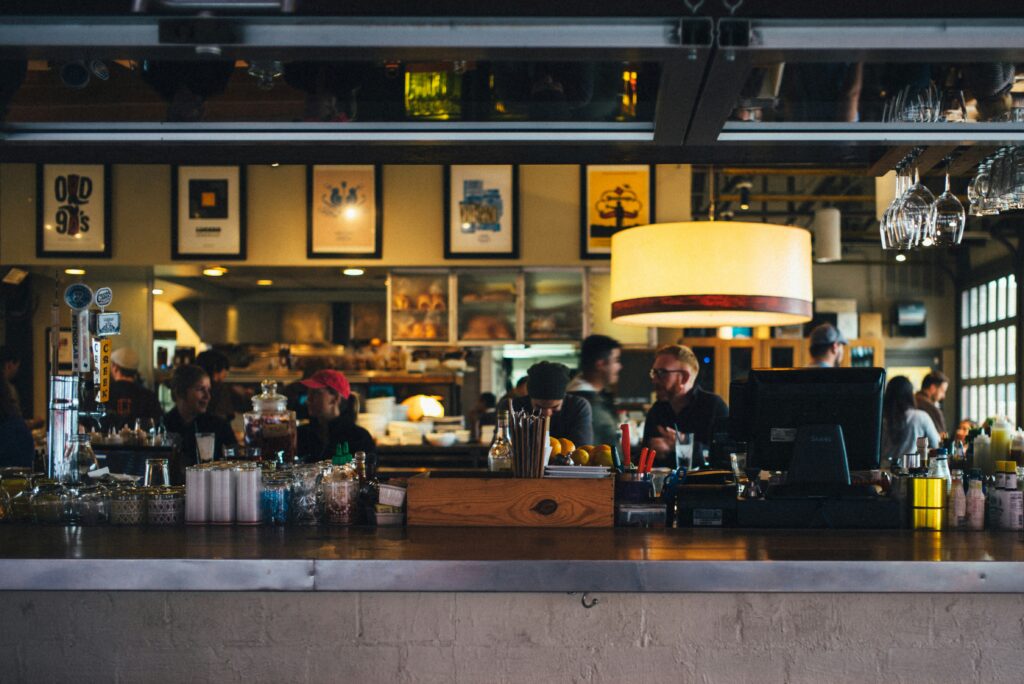Stay in the loop
Table of Contents
What is a KPI?
Some say:
-“If you can’t measure, you can’t manage”
Read this article for our definition of a KPI
Here’s a list of useful KPIs (Key Process Indicators) that can help you manage your bar or restaurant:
Employee Labor Percentage
Add up expenditures for all wages and salaries. Include bonuses, commissions, and similar compensation. Be sure to add in payroll taxes and the cost of employee benefits. Divide this by the sales.
Cost of goods sold % (COG or food cost %)
One of the most widely used KPI in the food and beverage industry
Formula: COGS%=(Beginning Inventory+P−Ending Inventory)/sales
where
P=Purchases during the period
Note: Don’t forget to include the following costs in your calculations:
- Loses
- Discounts and promotions
- Freebies
Get personalized recommendations on bar and restaurant inventory management.
Percentage of kitchen wages on sales
Same as Employee Labor Percentage but for the kitchen staff
Total on-hand value
Keep this as low as you can to maximize cash flow. Use in conjunction with the Safety Stock to avoid shortages.
Top selling products
Compare top sellers with their COG to address products that have the most impact on your profits first.
Sales by employee
Challenge your staff or simply congratulate top performers.
Inventory turnover
Inventory turnover is a ratio showing how many times a company has sold and replaced inventory during a given period.
Turnover by product
Product turnover shows your business’s ability to quickly recover expenses by selling items already in stock.
Holding costs
Holding costs are those associated with storing inventory that remains unsold like storage costs and interests.
Variance
Variance refers to how much an actual expense deviates from the budgeted or forecast amount. Specifically for a bar or restaurant, we measure the difference between the POS sales reports versus the actual consumption of goods measured with an inventory. If the variation between the two results is too high, you must take action to maintain profitability.
Conclusion
KPI’s are essential tools for a restaurant manager. They help you focus on measurable data, find which issues to tackle first and set achievable goals.
About the author
Fabrice Tremblay
Fabrice founded RapidStock in 2017 after working as a production planner for almost two decades. Briefly a bar owner and tech lover, he was inspired by the challenge of helping passionate entrepreneurs in the bars and restaurants industry.
When not working on RapidStock, Fabrice enjoys cooking and spending time outdoors with friends and family.
More tips and tricks



